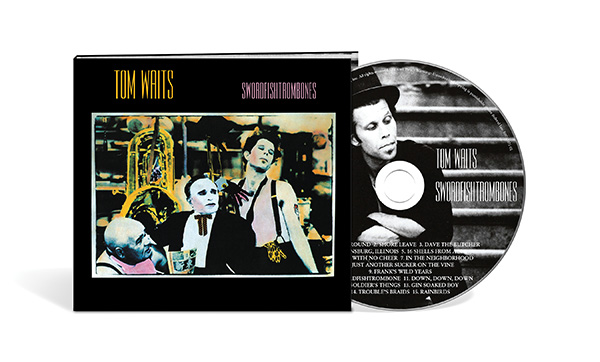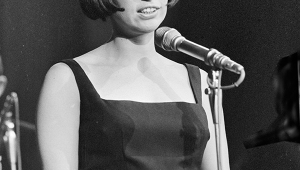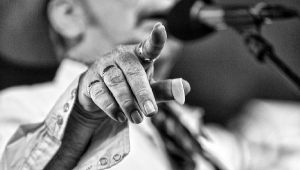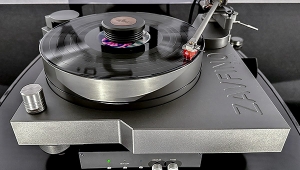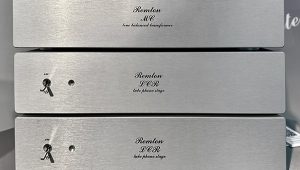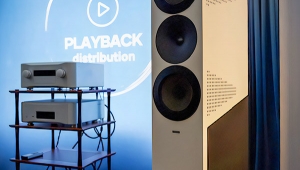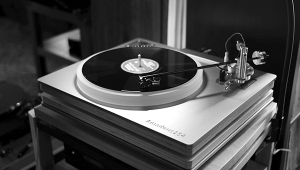| Columns Retired Columns & Blogs |
I own the originals as well as these new pressings and the results are noisy and sloppy pressing issues: warping, with concentricity issues.
The digital download counterparts seem very nice and do benefit from the substantial efforts by Bellman and Derfler. The 'gold' of the work is there, but it's buried under a ton of dross for the LP's. HUGE disappointment that a ton of people know about. This disappoints me that it wasn't addressed by Robert here. I still see this as scope of review stuff.
Any prospective buyer needs to research this extensively to justify this or other used purchases, IMO.




